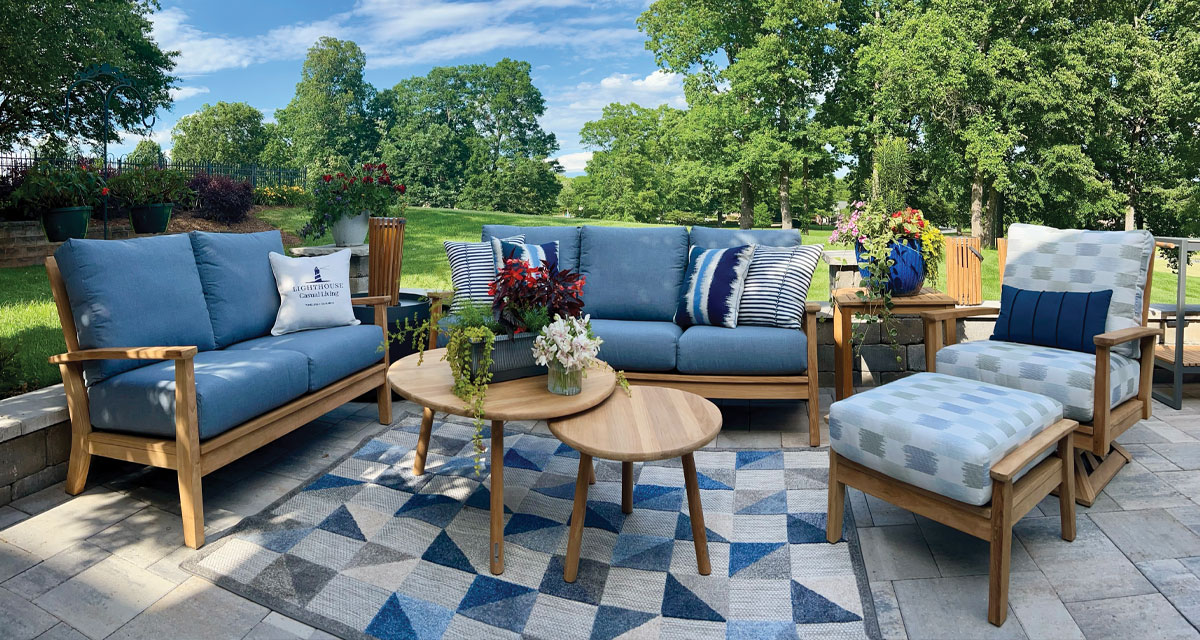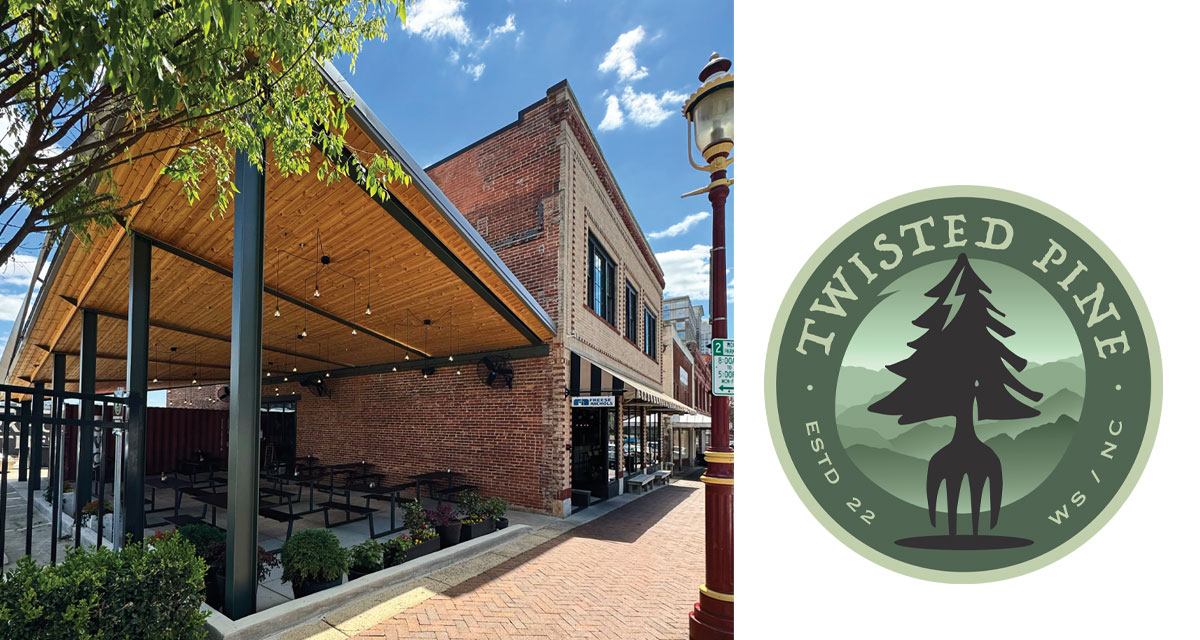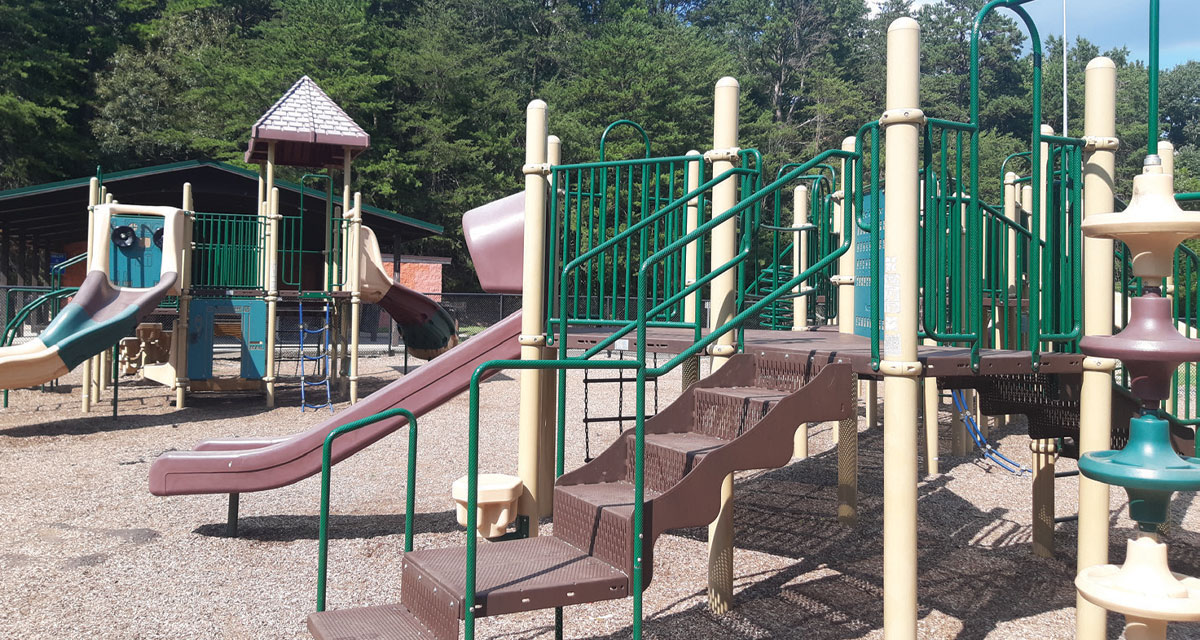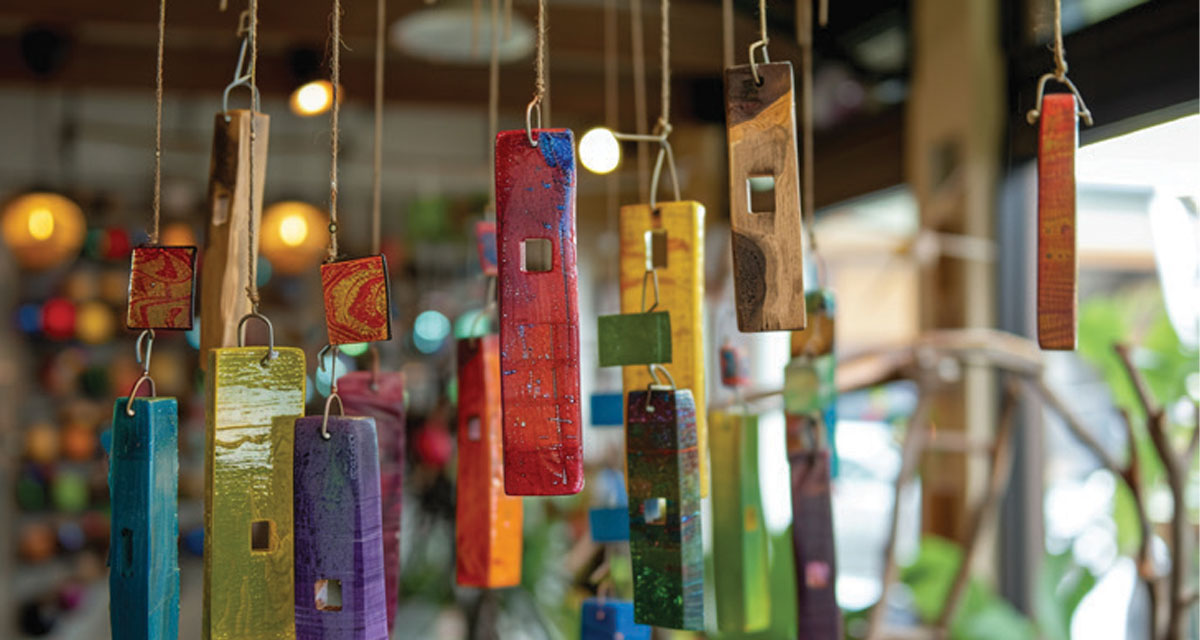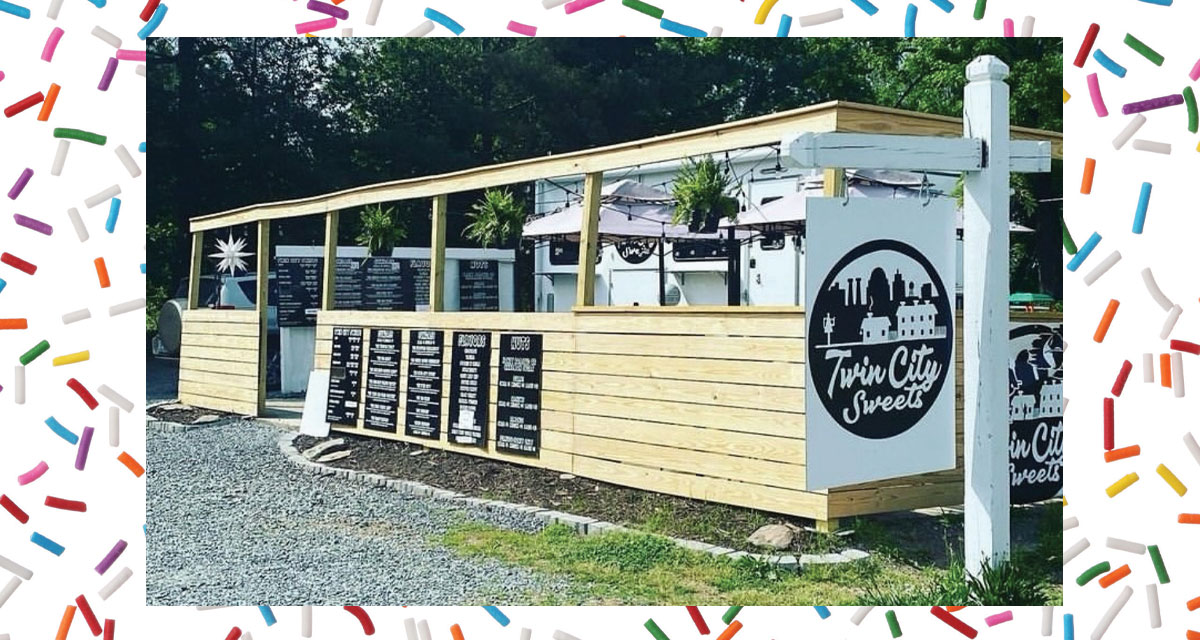Before the COVID-19 pandemic began, the country was on the verge of a future defined by exciting new uses of technology and the ability of the internet to allow work to take place from almost anywhere. As we moved into the phase of sheltering in place and staying in our homes for months on end, the demand for technological innovation sped up in ways that no one could have predicted.
Here, on the other side of COVID, as we take stock of all the things that happened in that whirlwind where fear was a constant companion and the movements of our daily lives either came to a halt or changed in ways we were not prepared for, we find there are things COVID may have left behind for good.
Telehealth
Seeing a doctor or other healthcare professional over video or other remote connection has long been publicized as a way to expand access to health care. But, before the pandemic, the adoption of this practice was low. In fact, Medicare allowed telehealth access only for patients in rural areas.
When the pandemic began to sweep the country, the Centers for Medicare and Medicaid Services reduced regulations on telehealth allowing patients to access healthcare from home to reduce the spread of the virus. Much of that flexibility is still in place. States also made several policy changes to expand access. This virtual care has been incredibly popular, prompting private insurers and providers to increase investments in telehealth and other remote technologies.
Online Education
Online education has been around for decades, but it’s long been stigmatized as inferior to in-person instruction. Many traditional brick-and-mortar college campuses have been relatively slow to embrace virtual learning on a significant scale.
When restrictions began, thousands of colleges were forced to close classrooms and pivot to online-only instruction in a matter of days or weeks. The transition was disorganized, and some students sued their colleges for refunds. Some of the billions of dollars in relief that Congress approved went to help colleges transition their courses to online and help students purchase the technology they needed to participate. The necessary adoption of online learning has accelerated a trend where we are seeing traditional universities develop online degree programs and hybrid models of teaching. This will have the benefit of increasing access for students in remote areas or those who otherwise face barriers to in-person education.
Online Meetings
Video calling’s popularity increased considerably in the early 2010s with the iPhone 4’s FaceTime capability, and videoconferencing had already started outpacing conference calls in many workplaces prior to 2020. But, even though Zoom Video Communications was founded in 2011, Zoom and other video conferencing tools such as WEBEX and Microsoft Teams hadn’t become the daily occurrence for many businesspeople like they are today.
As work from home became a necessity due to lockdowns, many workplaces turned to Zoom or other video conferencing systems to facilitate meetings that once took place in person. And, it wasn’t just work meetings…video conferencing became a key form of communication for schools, job interviews and even for friendly get-togethers.
The pandemic showed offices and employees that work from home is possible and, for some workers, preferable. According to Pew Research Center, more than half of American employees who can work from home said they’d like to continue to do so all or most of the time post-pandemic.
Cocktail Delivery
As lockdowns were imposed nationwide, struggling restaurants looked for ways to keep revenue flowing in. Alcohol is a high-margin item for many businesses, and as restaurants shifted to focus on takeout, they asked cities and states to allow them to also provide cocktails-to-go. According to the Distilled Spirits Council of the United States, 35 states plus the District of Columbia adopted ordinances allowing the sale of cocktails-to-go! Not surprisingly, the change proved popular with restaurants and consumers alike, and so far, 16 states plus D.C. have made the to-go rule permanent.
Outdoor Dining
Before the pandemic, outdoor dining space was, in most cases, a low priority, both for city officials and restaurant owners…and especially in densely populated urban areas. This was due to a lack of street space, sky-high rents, a need for prioritized parking and strict zoning rules which left most restaurants with few options for serving patrons outdoors.
After public health officials began announcing that COVID spread easily indoors but not so much outdoors, al fresco dining space became critical to reopening restaurants. Cities lightened up on rules to allow restaurants to expand outdoor seating areas into nearby parking spots, sidewalks and streets. Some even built inviting outdoor sanctuaries with lighting and plants while others attempted to winterize small enclosures with heaters and blankets. These outdoor spaces provided a lifeline to many eating and drinking establishments during the pandemic. Many cities are looking at ways to make these outdoor eating solutions permanent.







